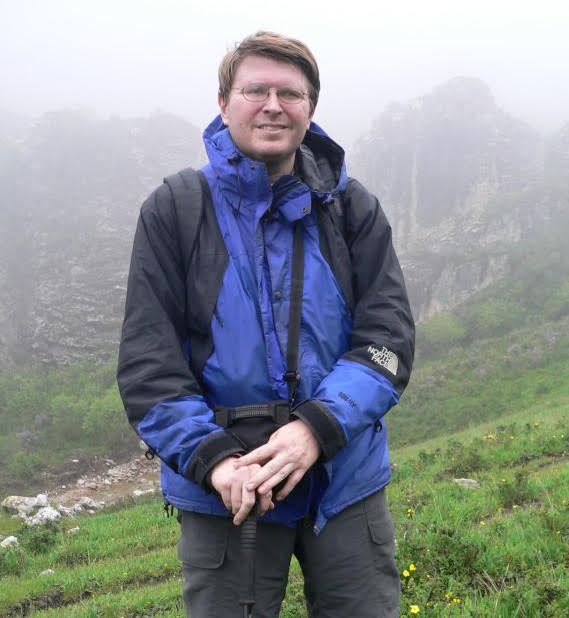14 Week Course
Class Meetings on Wednesdays from 1 - 2:30pm EST
All live classes will also be recorded.
From its inception, the Chinese medical tradition has been a literate tradition that placed great importance on studying texts. From the Song dynasty (960-1279) onward, it was dominated by men from the highest stratum of Chinese society who were also well-versed in philosophy and literature. It is little surprise then, that a grasp of the philosophical and literary tradition of China is often helpful when trying to understand China’s medical literature.
In this course, we will read a selection of classic works of Chinese philosophy and literature followed by excerpts from some of the most important Chinese medical texts. We will emphasize learning to read Chinese prose—studying its basic structures and how they are used in different genres—but we will also take time to think about the content of the texts we’re reading and to notice when medical texts are drawing on ideas from the classics—or vice versa.
We’ll start off looking at some famous literary anecdotes to get in the Classical Chinese groove. Then we’ll read some of the famous passages from the Analects (Lunyu 論語), Mencius (Mengzi 孟子), Daode jing 道德經, and Xunzi 荀子. These are good texts for practicing our Classical Chinese dance moves and are texts that every educated Chinese person (including doctors) knew and cared about. Then we’re going to try some serious boogie with the Guanzi neiye 管子·內業, the Huangdi sijing 黃帝四經, and the Zhuangzi 莊子. The Guanzi neiye is one of the oldest texts on qi and has a very different perspective on it than you may be accustomed to. The Huangdi sjing was found in the Mawangdui Han dynasty tomb and represents the teachings of the Huang-Lao school, which had a tremendous influence on the Huangdi neijing and through it, Chinese medical thought in general. Finally, the Zhuangzi is famous for being both a wonderful and very difficult, so we’ll finish our philosophy readings with it.
With some philosophy under our belts and strengthened Classical Chinese skills, we’ll move on to read some important medical texts. We’ll start with chapters from the Suwen 素文 and some channel texts from the Lingshu 靈樞. We’ll move on to an excerpt from the Shanghan lun 傷寒論 and then a sample from Li Dongyuan’s (李東垣, 1180-1251) Neiwaishang bianhuo lun 內外傷辨惑論, which introduces the concept of internal damage (neishang 內傷) and the formula Buzhong yiqi tang 補中益氣湯. We’ll finish by looking at the Wenre lun 溫熱論, which laid the foundations for warm disease theory and is a good example of medical writing from the middle of the Qing dynasty (1644-1911). In this way we’ll get a survey of both the writing styles and ideas of the Chinese medical tradition from its beginning through to the end of the Chinese empire.
This course will be taught using a combination of readings, recorded lectures, and live Zoom meetings. You should expect to put in 3-5 hours of work per week for the 14 weeks the course lasts.
This is an intermediate-level course, and I will assume everyone taking it has a basic level of proficiency in Classical Chinese. Before signing up for this course you should have completed the course “Introduction to Classical Chinese” or have a similar level of familiarity with Classical Chinese.
Cost
|
White Pine Circle Member / $1,000.00 |
Inner Circle Member $900.00 |

STEPHEN BOYANTON is a translator, historian, and practitioner of Chinese medicine. He received his PhD in East Asian history from Columbia University in 2015 and his MS in the practice of Chinese medicine from Pacific College of Oriental Medicine in 2008. His historical research was published in the Routledge Handbook of Chinese Medicine. and his translation of Classical Chinese poetry appeared in the Spring 2021 issue of Ancient Exchanges.

Please log in or sign up to comment.